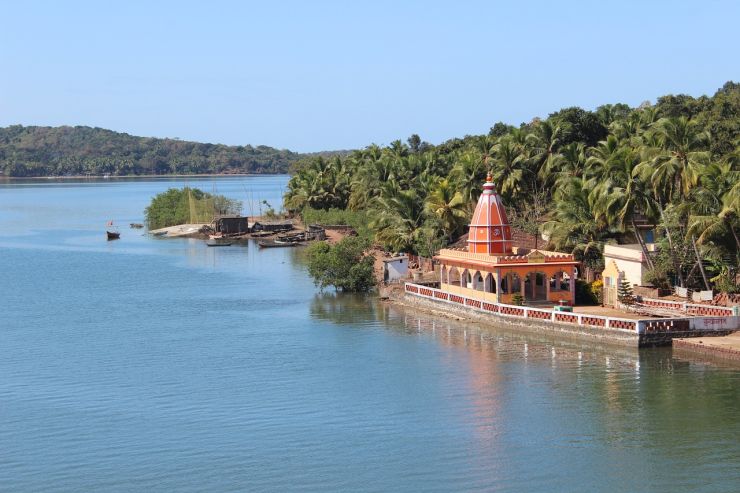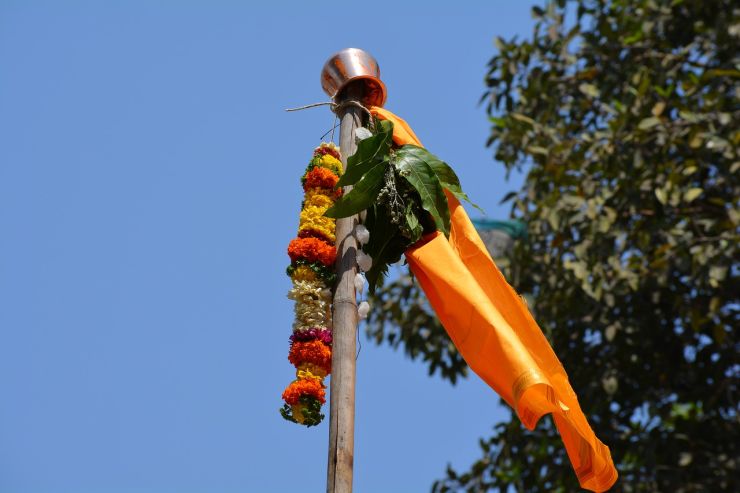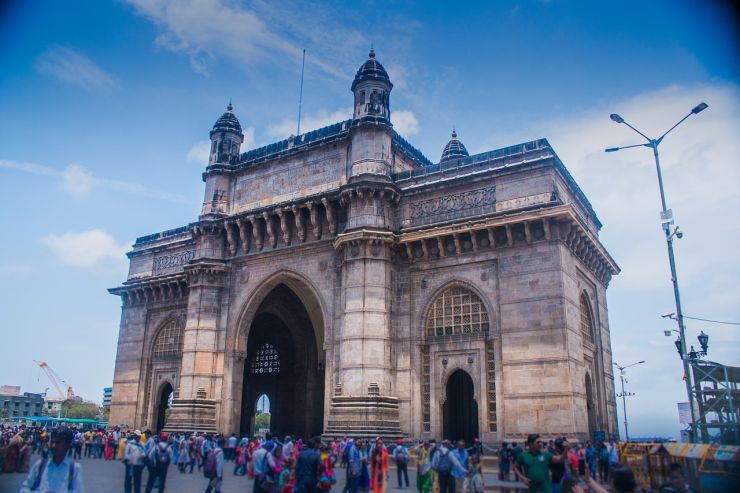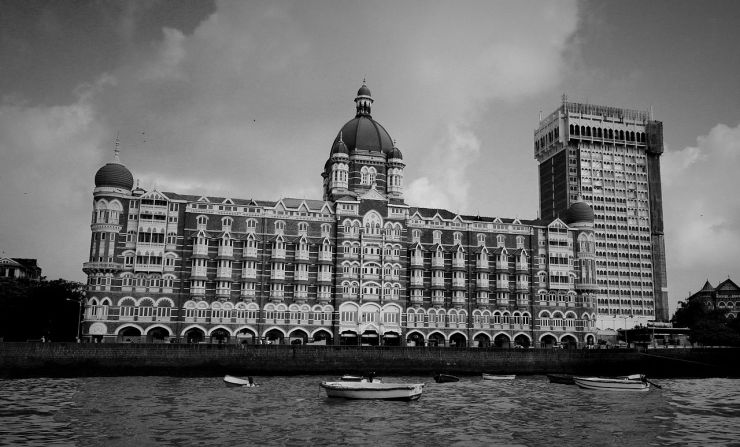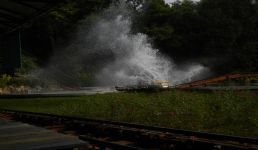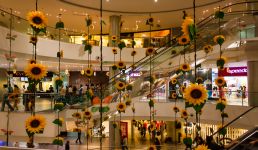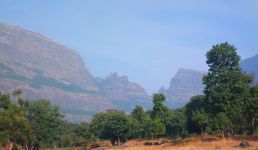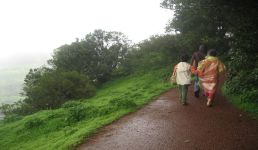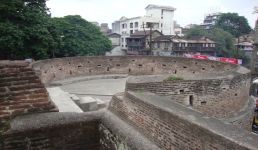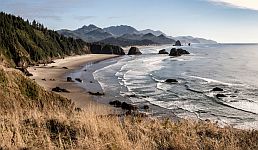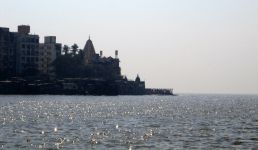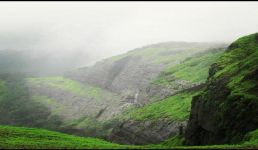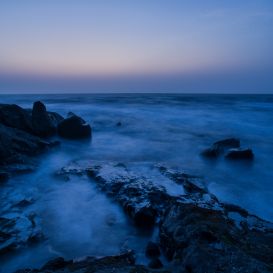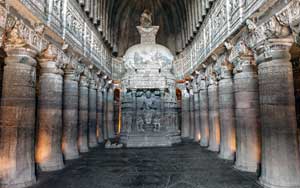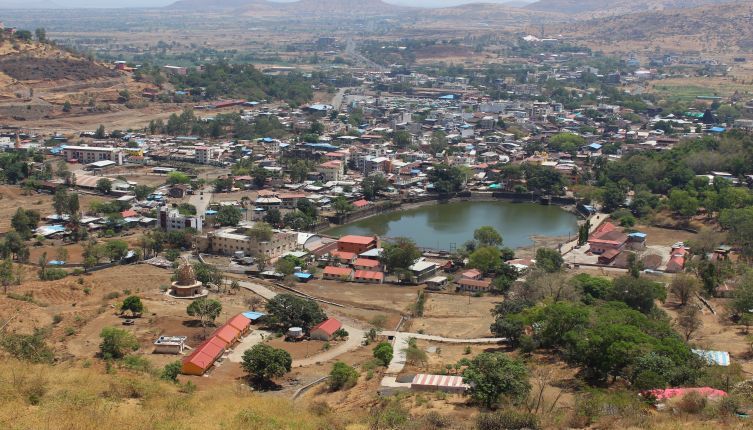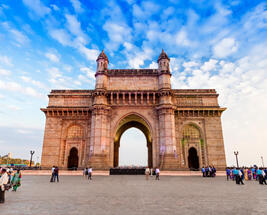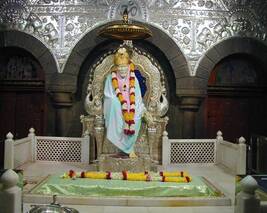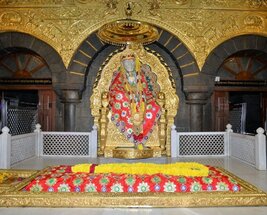Known for its idyllic caves, alluring hill stations and the bustling city that never sleeps – Mumbai, the tropical Maharashtra is a gem on the southwestern coast of the Indian subcontinent. Its habitancy on the coast spares Maharashtra of extreme cold or dry temperatures. Humidity incessantly occupies the air and coastal breezes mitigate the discomfort of sweltering summers.
The Sahyadri Hills, a portion of the Western Ghats, have been sculpted into a multitude of forts, carving Maharashtra’s identity. Mumbai’s urban and ambitious culture is at odds with the relatively laid-back and serene parts of the state. Mahableshwar and Matheran are prominent hill stations, eminent for their cool, pleasant weather and fresh fruit produce. Here, the British took refuge from the torrid summers of Maharashtra. Panchgini, also situated at an altitude, is nestled within the Sahyadri Mountain Ranges.
Alibaug is the quintessential destination for water lovers; scuba diving, kayaking, jet skiing and kite boarding are booming in the summer season. Flanked by rock-cut caves, Lonavala, is a mere two hours from Mumbai. A quaint, cozy getaway from the urban stresses, the town is famous for its dry fruits and varieties of delicious fudge. Nasik and Shirdi are salient pilgrimage centres of the state. And Nagpur in the far northeastern region of the state, was Mahatma Gandhi’s headquarters during the struggle for Indian Independence from the British Raj. Amidst the serenity and leisure of these destinations, the concrete jungle of Mumbai presents as an entirely different world. The birth place of the first ever Buddhist caves, Maharashtra is a prime destination for a plethora of manufacturing industries – especially textiles.
Maharashtra blossoms from October-February when the stifling heat has passed, and the torrential monsoons have receded. Its coastal presence maintains a cool and pleasant winter season. However, the monsoon, no matter how inconvenient for the herds of suited employees rushing to their offices, possesses a unique charm. And the summers offer the perfect excuse to escape to one of the many hill stations in Maharashtra.
Peak season: October-March
| Travel Season |
Min-Max Temperature |
Weather |
| Summer |
20 degree C -39 degree C |
Very hot and humid |
| Monsoon |
20 degree C -25 degree C |
Wet, humid and pleasant |
| Winter |
12 degree C -30 degree C |
Cool and dry |
Maharastra in Summer (March-May)
Temperature – Temperatures are relatively cool in March, ranging in the mid 20’s and spiking up to the late 30’s, come the month of May.
Weather – Maharashtra summers are the one time you will experience heartfelt gratitude for air-conditioning. The heat and humidity instigate relentless perspiration, so much so, that you often have to carry a spare outfit on your person! Perched at a hilltop, Mahableshwar in Maharasthra offers a relief from the blistering heat of cities such as Mumbai and Pune. Although the afternoons can be hot, the wide spectrum of temperatures from 15 degrees to 35 degrees lend some hope. Come summer vacations from school, families rush here to seek solace.
Another such town in the Sahyadri is Matheran, 108km to the east of Mumbai. Precipitous cliffs, wide plains blanketed in sheets of mist, and a profusion of horses characterizes the outmoded town. The weather here is like that of Mahableshwar, soothing and cool with a persistent breeze.
A ferry ride away, the town of Alibaug also attracts an influx of locals and tourists during the summer period. Amicable temperatures generously enable beach visits, soothing dips in the sea and some easy sightseeing – all one wants during a hot and humid summer.
Significant events – The Strawberry Festival in April is a much-awaited three-day festival that attracts fruit lovers from all parts of the state and country to Mahableshwar. A variety of jams, desserts, spreads, ice creams, and of course, fresh, succulent strawberries are in abundance.
Of course, the massive Indian Festival of colours, Holi, paints the streets in the month of March. Coercing people out of their cubicles and onto the streets in well-worn clothes, colours in their fists, and smiles on their faces, Holi marks the victory of good over evil in Hindu mythology. Holi is best experienced in a big city such as Mumbai or Pune!
Why you should visit now: Just after the peak season, Maharashtra won’t be swarming with tourists at this time of year. Come the month of May, when most children have summer break from school, locals prefer to escape the confines of their state for a vacation, avoiding the over-population in the cozy hill station towns.
Tips: Always carry a water bottle and an extra t-shirt, especially if you aren’t used to the parching humidity. Dress in light cotton clothes, and dress modestly. If in a major city, try to stay away from pollution-laden roads. Finding interesting outdoor activities won’t be a challenge, especially if you’re in Mumbai.
Maharashtra in Monsoon (June-September)
Temperature: Influenced by the coastal rains, temperatures range between 19 degree C and 25 degree C, without major fluctuation.
Weather: The first showers typically descend mid-June, clearing the pollution-saturated air, breathing new life and inciting petrichor – that sweet smell of the first rain on Mother Earth. Leaves are greener than ever before, but the city streets are also blocked like never before. Perpetually congested in the monsoons, Mumbai isn’t the best place to wander. In fact, the rock-cut caves belonging to the northwestern deccan, the ancient Ajanta and Ellora caves are the perfect monsoon destination! Clingy creepers discover life within the rock, and mighty trees, while caves permeate with dampness. The caves’ interiors cool down, providing temporary refuge come an unexpected downpour. Here in Aurangabad, the monsoons aren’t as intense as Mumbai, and can be enjoyed with ease.
Panchgini too, comes to life during this time. Shriveled terrains transform into a lush landscapes, fauna and flora secure nourishment, deeming the fog-laden views one of the best you will witness in Maharashtra. Sit back with a book and a hot cup of chai as you bask in the scents of the wet earth and sights of dense, blanketed mountains.
Significant Events: The most awaited monsoon festival is Ganesh Chathurthi – a celebration of the Hindu God, Lord Ganesha. Symbolic of prosperity and fruitful beginnings, an idol of the Lord is worshipped in people’s homes daily for about a week. Sweets, especially yellow modaks, are happily exchanged and processions are plenty. The essence of Maharashtra is truly palpable during this time, as friends and families visit one another’s home for worship and merrymaking.
Why you should visit now: Unlike most places the rains are far from dull and gloomy in Maharashtra. Although travel is slightly inconvenient, the showers appear at a time when the heat is intolerable, blessing and reviving the land and its people. Moreover, the tradition of feasting on hot pakoras and steaming chai as the pitter-patter amplifies, is one-of-a-kind. Experience the monsoons in Maharashtra and you will leave with a new-found appreciation for the rain.
Tips: Ensure you carry a raincoat or umbrella everywhere, as the rains are often abrupt. Further, avoid traveling in your private car within Maharashtra as the monsoons are an accident-prone season, especially if you aren’t used to them.
Maharashtra in Winter (October-February)
Temperatures: From 12 degree C-13 degree C in certain hill stations and Pune, to 22 degree C-30 degree C in Mumbai, temperatures range on a wide spectrum during winter.
Weather: A breath of fresh air after sweltering summers and drenching monsoons, the winters are a cool and pleasant time of year in Maharashtra. The weather doesn’t necessitate warm, winter clothing and allows for an enjoyable outdoor experience. Mumbai is at its best in the winter; visit the famous Gateway of India, make to a trip to Sanjay Gandhi Park, or bike along the shores of Juhu Beach without the heat debilitating you. Experience the city skyline amidst cool breezes at Marine Drive. Winter is also the ideal season for a weekend trip to Lonavala. The greenery luscious as ever, several day hikes are organised to savour the sights of this Hill Station. A perpetual cool breeze and pleasant sunshine imbues the environment, cloudiness dissipates, and the breathtaking views are crystal clear. Known for the best dry fruits, and chocolate and coconut fudge, shops are swarming with tourists eager to get their hands on the next box of freshly prepared fudge.
Significant Events: Winter marks the onset of the major Indian festival of lights - Diwali! Mumbai comes alive with string lights and smiles as people dress to the hilt, exchange delectable sweets and worship the Hindu deity, Goddess Lakshmi. Fireworks are customary, although, with environmental perils at stake, the tradition of firecrackers is quelling with every passing year.
Christmas and New Year spark massive celebration. In cities like Mumbai and Pune, the New Year keeps nightclubs open until the AM, while calmer places like Lonavala embrace a home-bound gathering of loved ones, spilling into the morning.
Why you should visit now: The winter is the peak season for a reason! If Maharashtra is on your bucket list, take advantage of the best weather you will encounter all year round. Since most places in Maharashtra are enjoyable in the winter, you can do a road trip from hill station to city to town as opposed to staying within the confines of one place. If you strive to break free from the confines of thick jackets, Maharashtra is especially your place, come winter. An average temperature of 18 degree C -22 degree C, so you can lounge in shorts even on Christmas Day!
Tips: Beware of your belongings and always travel in groups, especially during the night. The peak tourist season is when the pickpockets and thieves may come out to play. Also, be wary of exploitative tourist packages and exorbitant deals. If possible, consult a friend regarding which tourist company and experience to avail of.
So, when will you choose to make most of Maharashtra? If you’ve decided, look through Thomas Cook’s Maharashtra Tour packages and be assured of exciting holidays!





